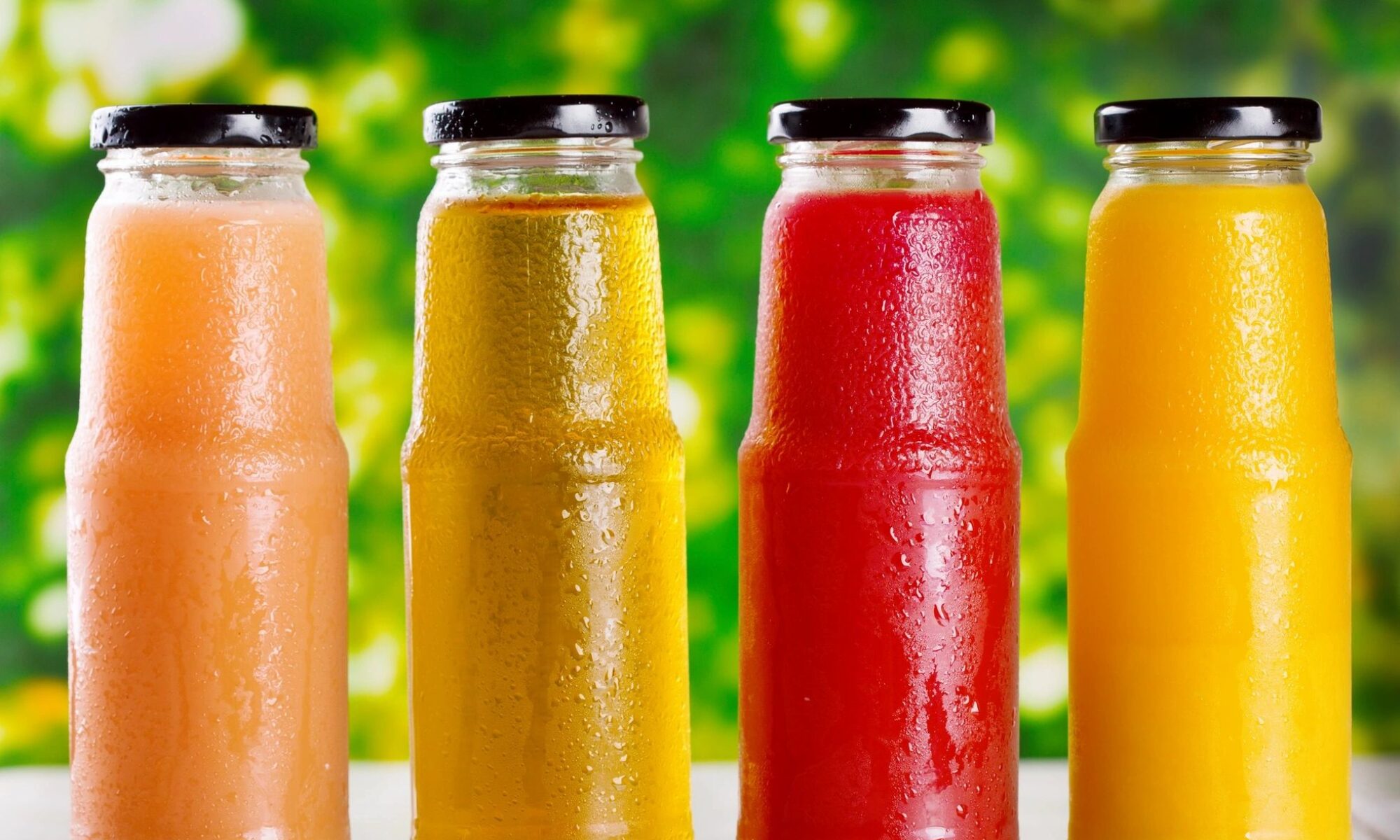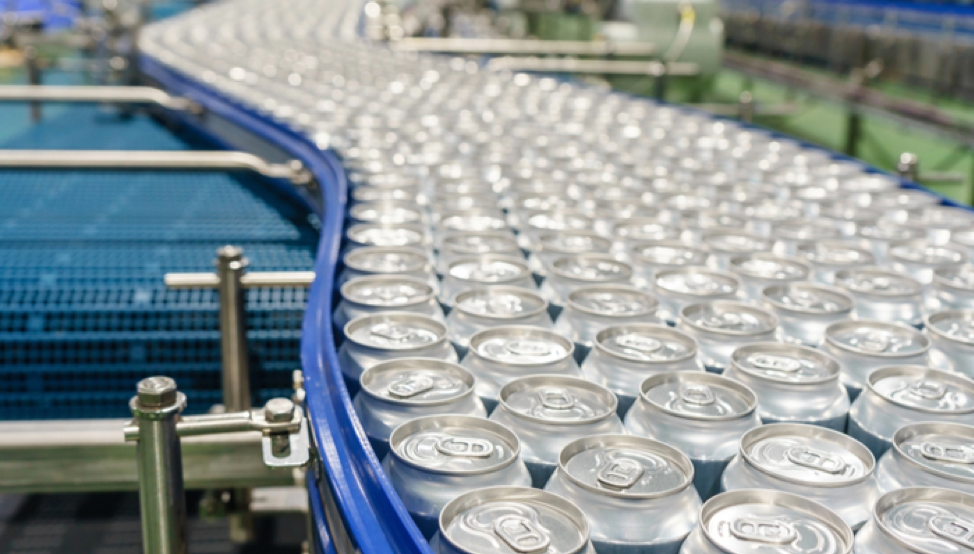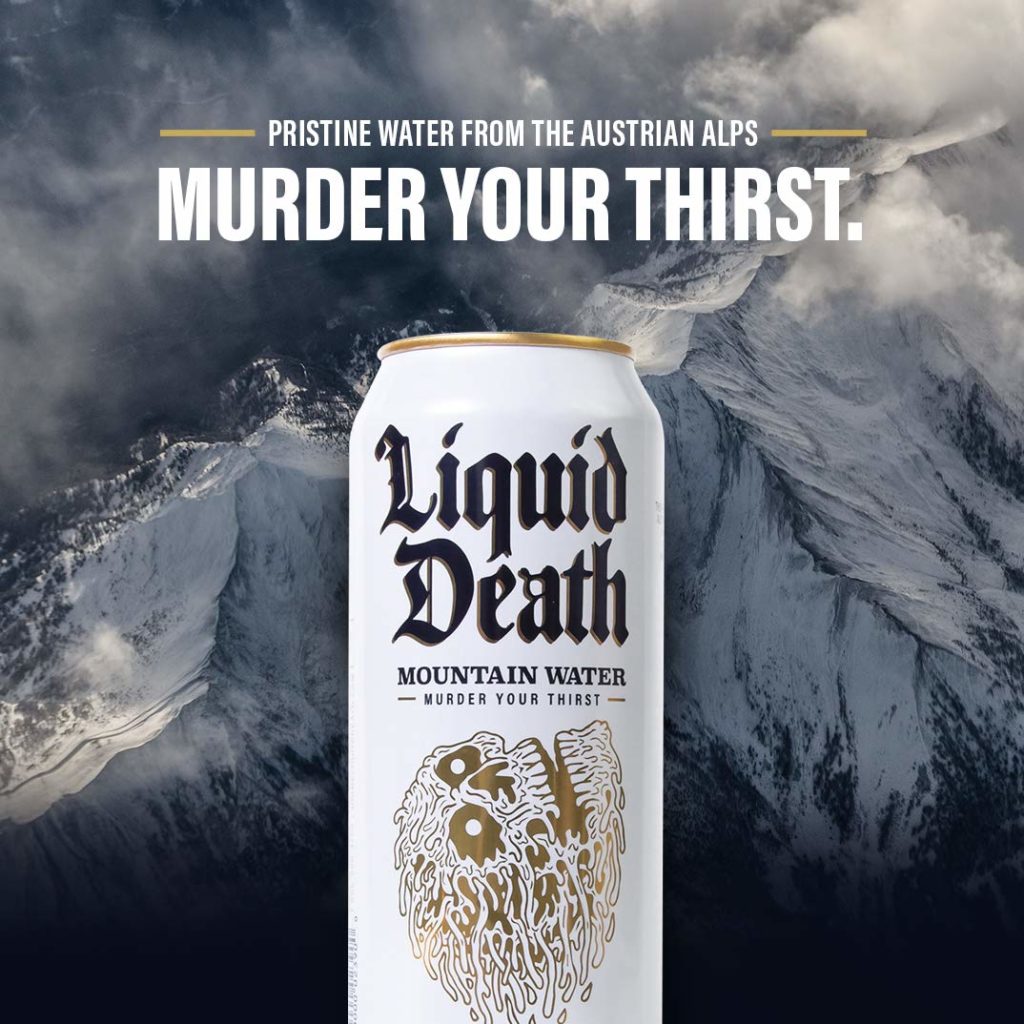
In the food and beverage industry, even the giants can have a hard time developing and launching new products. However, their troubles are usually entirely different from that of a food and beverage entrepreneur. These huge companies have all the advantages of troves of data, experienced marketing departments, and plenty of resources to make the new product succeed. But they still fail.
In fact, according to multiple sources, approximately 80% of new products developed by large food and beverage companies end up failing. This is a staggering statistic that perfectly showcases the scope of the problem. But why does this happen so often, and is there a solution that can turn this trend around? Let’s have a closer look at why large food and beverage companies fail at product development:
Big Companies and Innovation Struggles
As technology began to advance, most innovation in the food and beverage sector was tied to finding ways to prolong a product’s shelf life or get it to consumers faster. But today the market’s needs and appetites have grown way beyond this, especially as the consumers’ attitude towards food and nutrients changes.
Consumers are becoming more aware that what they eat and drink has a significant impact on their health, so they are seeking out the best possible options. That’s why large companies that don’t have a lineup of healthy, good-for-you products are finding themselves in a problem when developing new products. And unfortunately, the vast majority of big food and beverage companies falls into this group, as the trailblazers of new healthier trends are usually smaller businesses and food entrepreneurs.
To Reformulate or to Relaunch?
According to IRI, of 10,000 new products that are launched every year, as much as 90% fails to achieve sales goals. In fact, many of them aren’t even around two or three years down the road, which makes launching entirely new products a risky undertaking for most companies. In most cases, they decide to reformulate or relaunch their existing products to make them more appealing to the changing public opinion on how our food and beverages should be.
If we take a look at Consumer Good Forum statistics, we can see that 66% of their members have reported having reformulated some of their products in 2016. Some of the most common changes implemented in product reformulation are reducing the amount of sugar and sodium, adding vitamins, or using healthier alternatives to certain staples (such as switching to whole grains).
Declining Sales and New Product Launch Fails
The main reason for relaunching existing products is declining sales. Between 2012 and 2015, the U.S. retail sales of the top 25 food and beverage giants have gone down from 66% to 63%, according to the study Is Big Food In Trouble by The Hartman Group and A.T. Kearney.
However, the need for change hasn’t prevented new product development and launch fails. A few reasons stand out. There were cases of companies making the wrong conclusions on what the market needed, developing products that didn’t fit with their brand image, and choosing the wrong trends to chase.
Wrong Conclusions on Market Wants and Needs
Despite having a wealth of data at their disposal regarding products, taste tests, and market research, sometimes companies just fail to ask themselves whether someone will be willing to buy the product and at what price.
For example, let’s have a look at Coca-Cola’s C2, their attempt from 2004 to gain the favor of a target market that’s been avoiding their products. C2 was meant to be a middle ground between classic Coke and Diet Coke. The idea was to capture the interest of 20- to 40-year-old men, who were mindful of their calorie intake while avoiding Diet Coke because of its general appeal to women.
However, C2 only had half the calories and carbs of a classic Coke — it wasn’t a complete no-calorie version like Diet Coke. As such, its qualities weren’t distinctive enough to allow it to stand out in the market, even if it did (in theory) need a similar option. The target consumers simply didn’t find it appealing enough.
Just because a Company spends a lot of money on or does a lot of consumer research doesn’t mean they are correct. If that were true, Coke and Pepsi, and other conglomerates like them, would never fail. But that is not the case.
Research needs to be combined with gut instinct to be successful. If you look at the most successful, “new”, innovative and disruptive brands, none of them used expensive and extensive consumer research in the beginning:
Amazon
Bai
Boom Chicka Pop
Deep River Snacks
Dirty Lemon
Dirty Potato Chips
Fiji
GT Kombucha
Kettle Chips
Keurig
Liquid Death
Mama Chia
Monster
Naked Juice
Netflix
Perky Jerky
Pirate’s Booty
Red Bull
Smart Water
Sophie’s Kitchen
Starbucks
Vita Coco
Vitamin Water
Voss
Whole Foods
Zico
The Product Doesn’t Fit with the Brand
Big companies also face difficulties trying to expand their lines or launch new ones with products that stand out from what they were known to do. When many companies first reformulate their existing lines and launch new products that are more in line with the new brand image, there are sometimes cases where the consumers aren’t prepared for the change.
More often than not, these fails come from a brand branching out into the food and beverage industry — such as Colgate’s frozen lasagna or Cosmopolitan’s yogurt. However, that isn’t to say that food and beverage giants are immune to developing products that just don’t fit with the brand image, whether that’s in a big or a small way.
Trying to Capitalize on a Trend
Finally, one of the biggest and most frequent causes of new product development fails is chasing the wrong trends or fads. When a company is too early or too late to the current consumer preferences party, it inevitably brings low interest and even lower sales. Trends like low-carb diets have proven fleeting, which is something Coca-Cola has felt with their C2 release as well.
However, some notable innovations are still prevalent in the food and beverage industry. Alternatives to dairy, Greek yogurt, free-from foods, plant-based protein suitable for a vegan diet, etc. have mostly been brought on by smaller companies or entrepreneurs. It’s therefore essential for food and beverage giants to correctly interpret their market data, and accurately predict the coming market trends that are here to stay.
Key TakeawaysBig food and beverage companies and smaller businesses alike need to watch for industry insights and anticipate market trends. Staying true to your brand is more important than ever, as that prevents consumer confusion or disappointment. However, it’s even more crucial to adapt to the changes in the industry and the growing market demand for healthier food and drink options.










